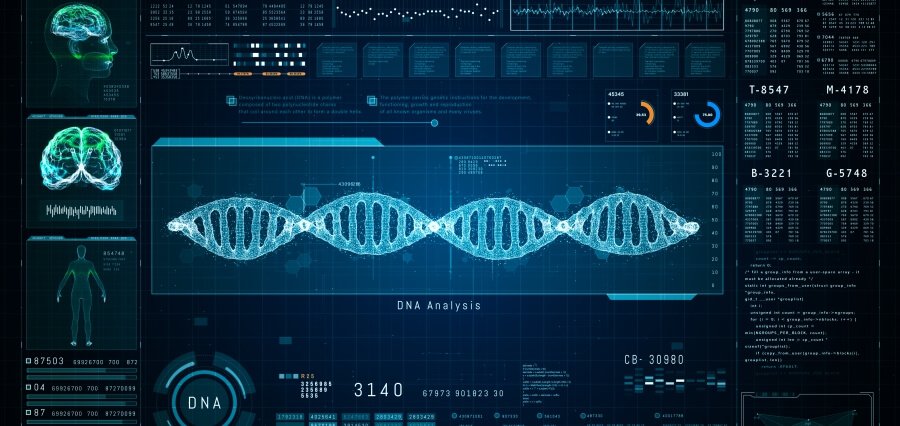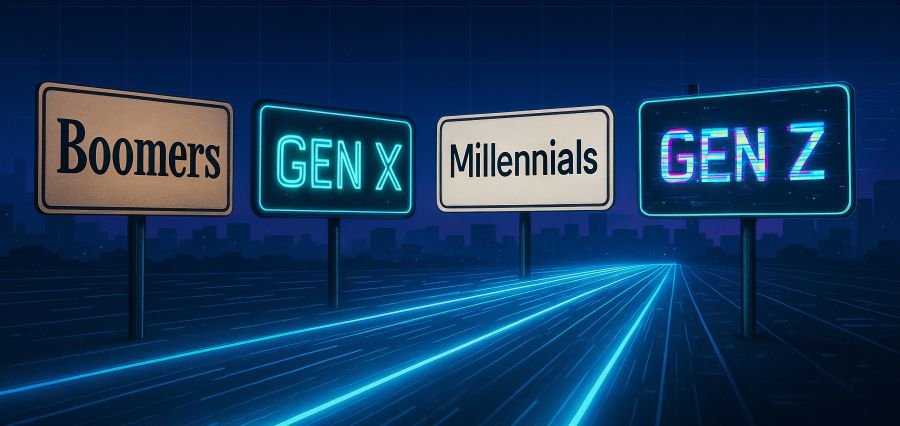Trailblazing Leaders 2025
Leadership will undergo essential changes by the year 2025. Leadership tradition is undergoing a fundamental shift toward pioneering leadership that replaces traditional charismatic hierarchy. These leaders both drive change and develop their path because they reshape leadership principles during times of quick technological transformation and growing social and global connections.
This article examines trailblazing Leaders’ 2025 characteristics alongside their shortcomings and reveals leadership principles for future leaders.
Leadership in 2025
The modern workforce has transformed through automation and artificial intelligence which now impact medical practices as well as industrial production. The organisations understand that climate change represents an urgent issue, so they focus on implementing sustainable practices. Leadership today demands the development of inclusive workplaces that focus on building empathy because social movements pushing for equity and inclusion have become stronger. Leadership involves developing fresh paths through uncertain times instead of maintaining traditional work approaches despite the rise of digital nomadism and hybrid work models.
Visionary Thinking: Charting the Uncharted
Visionary trailblazing leaders possess the ability to see past the distant horizon. To meet 2025 demands leaders must predict upcoming trends by studying artificial intelligence in decision making and decentralization of organizations while preparing their teams for success. The technology leadership actively supports AI integration while thinking about methods to utilize its capabilities for human creativity improvement instead of its replacement. Leading in this way demands bravery because it requires confronting established thinking and experimenting with innovative approaches.
Emotional Intelligence: Leading with Empathy
Great leadership depends on emotional intelligence (EQ) as organisations experience rapid transformations. Trailblazers fully understand that leading people during uncertain moments requires both empathy and active listening skills and authentic relationships. Remote and hybrid work cultures make trust and morale building more challenging yet essential during this modern era. Leaders with high EQ establish psychological security which provides team members with protection from failure risks when they test innovative ideas.
Inclusivity: Building Equitable and Diverse Teams
Inclusivity is not an option for 2025 visionary leaders. With increasingly diverse workforces globally, leaders must champion equity and representation at all levels. It’s not hiring alone; it’s building cultures where everyone has a voice. Data shows that diverse teams are more innovative, but achieving it requires concerted efforts to overcome bias and systemic obstacles.
An innovative financial leader, for example, would implement mentorship initiatives to promote the advancement of women and minorities into senior executive positions. Tracking achievement through open measures, they hold themselves responsible and challenge other institutions to hold themselves responsible also.
Technological Fluency: Leveraging Tools for Good
Though great leaders need not be computer programmers, they need to be as skilled in the language of technology. In 2025, that will mean being able to harness technologies like AI, blockchain, or virtual reality to drive their organisation’s mission forward. More than that, it will mean responsible leadership, ensuring that technology benefits humanity and not against it. Leaders who strike the right balance can unlock tremendous potential.
Think of a healthcare executive who introduces AI-based diagnostics to rural clinics, expanding access to care and training staff to utilise the tools effectively. This combination of technological adoption and people-focused deployment is the pinnacle of leadership in a digital era.
Resilience: Thriving in Crisis
Resilience is the backbone of pioneering leadership. 2025 leaders are faced with perpetual crises—economic insecurity, global tensions, and natural disasters. Resilient leaders weather these storms themselves and more importantly, force their teams to as well. They lead by example, demonstrating flexibility, remaining positive, and viewing setbacks as opportunities for development.
Challenges and Opportunities
Trailblazer leaders don’t get a breather. Blending innovation with stability, riding multiple stakeholder demands, and fighting burnout in high-stakes environments are ongoing battles. And these battles present opportunities, too. Through building collaborative networks, leveraging data-driven insight, and listening to self-care, leaders can use obstacles as stepping stones.
The Impact of Trailblazing Leaders 2025
The effect of pioneering leaders goes far beyond their organizations. In 2025, they are change agents of systems, influencing the direction of the world’s progress on issues of climate action, social justice, and responsible technology. Their legacy is not merely what they produce but how they inspire others to lead with purpose and courage.
Conclusion
Establishing leadership for a next generation means embracing the qualities of first-generation leaders—vision, compassion, diversity, technology competence, and toughness. For 2025, they are not merely leaders who adapt to change but those who shape a future wherein businesses and societies thrive. In a changing world, the world’s trendsetters of today are charting the path towards tomorrow’s leaders, showing us that leadership does not depend on power but influence.









